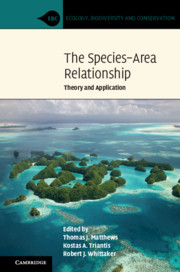Bothrometopus huntleyi is a flightless weevil endemic to the volcanically-formed sub-Antarctic Prince Edward Islands archipelago that arose approximately 0.5 million years ago (m.y.a.). Since emergence, a series of volcanic and glaciation events have occurred on Marion Island, whilst Prince Edward Island, the second island constituting the archipelago, has remained largely unaffected by glaciation. Cytochrome oxidase I gene analyses indicate that major historical dispersal events in this species are linked to the geologically discrete histories of these islands and underlie the high haplotype diversity (0.995) recovered for the Prince Edward Islands archipelago. The estimated time to haplotype coalescence of ∼ 0.723 m.y.a. is in keeping with estimated dates of island emergence, and the majority of individuals appear to have descended from a relict, high-altitude population that is still present on Marion Island. The first major inter-island dispersal event occurred ∼ 0.507 m.y.a., coinciding with the oldest dated rocks on Marion Island. Apart from this early inter-island colonization, only one other between-island dispersal event was detected. The genetically discrete B. huntleyi complexes on each of the islands of the Prince Edward Islands archipelago together with the low levels of inter-island gene flow reaffirm the need to control alien invasive mice, which are restricted to Marion Island, and which prey on this weevil species.


